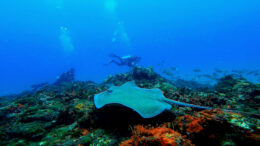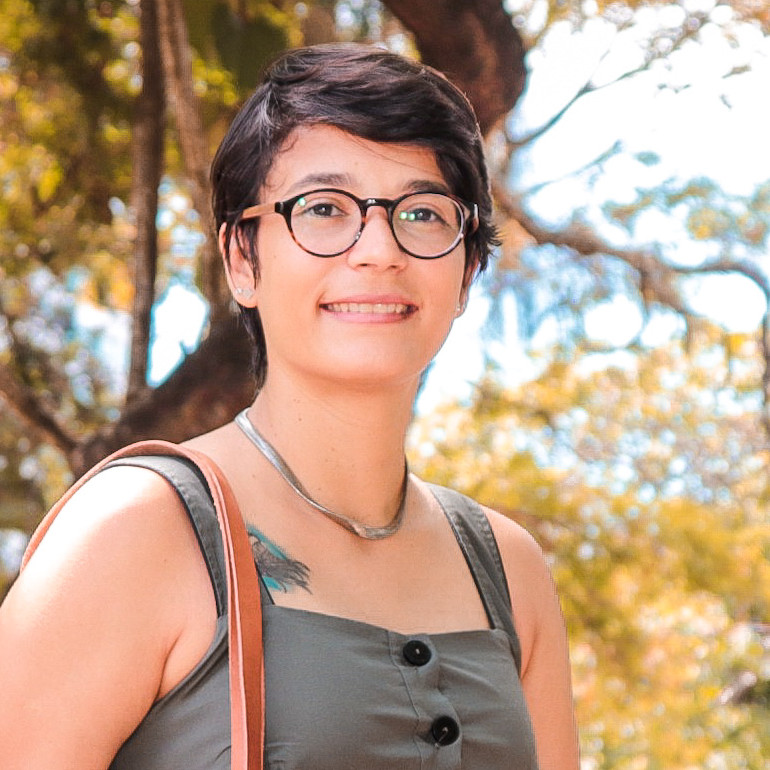The place:
Costa dos Corais Environmental Protection Area, Northeastern Brazil
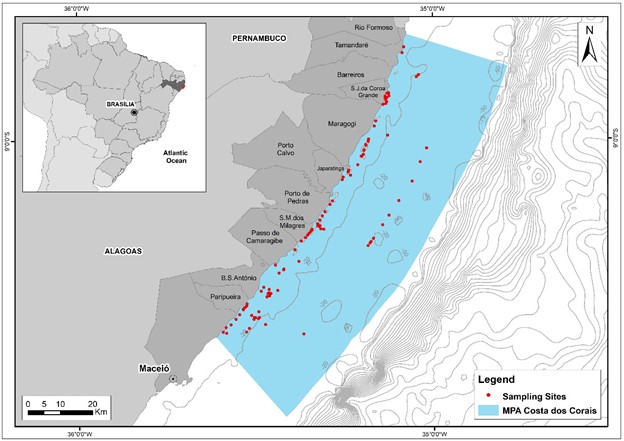
Why it matters:
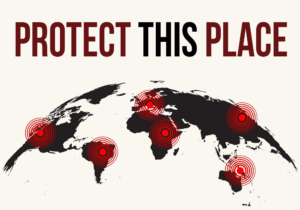 Costa dos Corais harbors one of the largest reef formations in Brazil and is rich in biodiversity —groups of algae, fish, crustaceans, molluscs and aquatic mammals, along with its namesake corals. It’s home to endangered species like manatees, turtles and whales, and approximately 200,000 people live in the region, most of whom depend directly on the use of the reef’s natural resources for tourism and artisanal fishing.
Costa dos Corais harbors one of the largest reef formations in Brazil and is rich in biodiversity —groups of algae, fish, crustaceans, molluscs and aquatic mammals, along with its namesake corals. It’s home to endangered species like manatees, turtles and whales, and approximately 200,000 people live in the region, most of whom depend directly on the use of the reef’s natural resources for tourism and artisanal fishing.
The Costa dos Corais Environmental Protection Area was created by federal decree in 1997 to protect these fragile, enchanting reefs and their biodiversity. It’s the largest coastal marine protected area in Brazil: more than 1,540 square miles (400,000 hectares) extending along 75 miles (120 km) of beaches in the north (state of Pernambuco) and south (state of Alagoas). The area is classified as a “sustainable use conservation unit,” which aims to sustainably integrate conservation and uses like tourism and fishing.
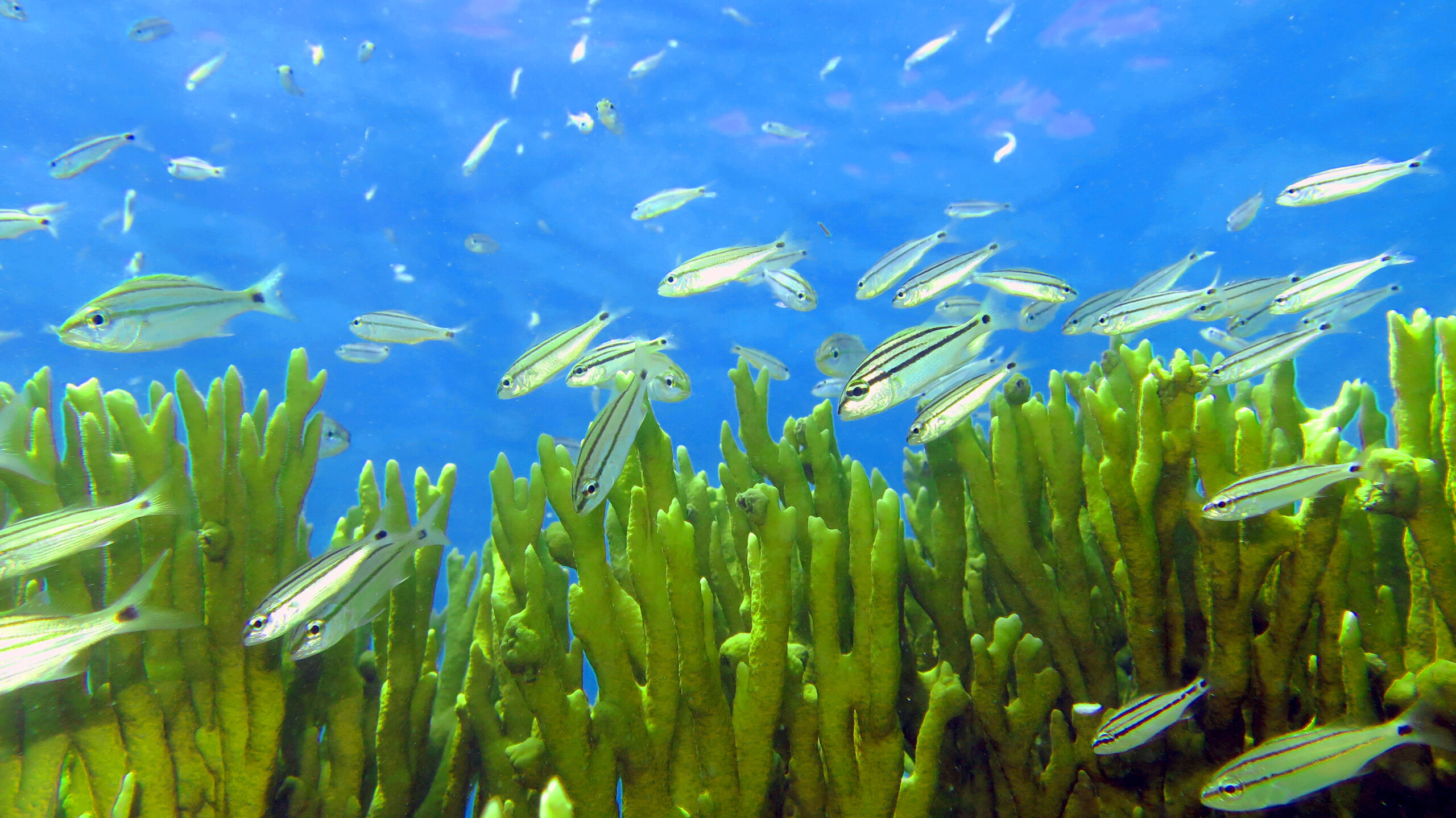
Ecological, scientific and cultural tourism are among the management objectives of Costa dos Corais. Local projects seek to develop tourism sustainability, address the challenges of the local population — such as health, education, professional qualification and access to culture — and encourage the conservation and inspection of nature. There’s a constant dialogue between stakeholders and government to formalize the rules already established so tourism and care for the environment can coexist with mutual respect.
The threat:
One of the challenges in this area is expanding tourism, combined with insufficient monitoring of the effects of visitation on reef environments.
Thermal stress caused by global warming is also a major threat. Recently our research with the NGO Reef Conservation Project found an unprecedented coral mortality in the Costa dos Corais following the worst thermal stress event since 1985, when average live coral cover reduced by 18.1%. Mortality was highest for two endemic species (Millepora braziliensis and Mussismilia harttii).
My place in this place:
When I was just a girl, in love with nature and especially the sea, the question I most liked to answer was: “What will you be when you grow up?” Every time I would answer “a biologist.” And it was like that, without realizing that I made a promise, I would be a biologist — a marine biologist.
During my master’s degree program I undertook research at Costa dos Corais, exploring the conservation status of an endemic coral (Mussismilia harttii). It was love at first sight — I was enchanted with this place.
In 2017 I started my work at Reef Conservation Project, working directly in conservation and monitoring of fish and corals in the region, joining the management bodies in building good habits, environmental education and protection of the region. At Costa dos Corais I truly learned how to be a biologist — and understood that my dream had been fulfilled.
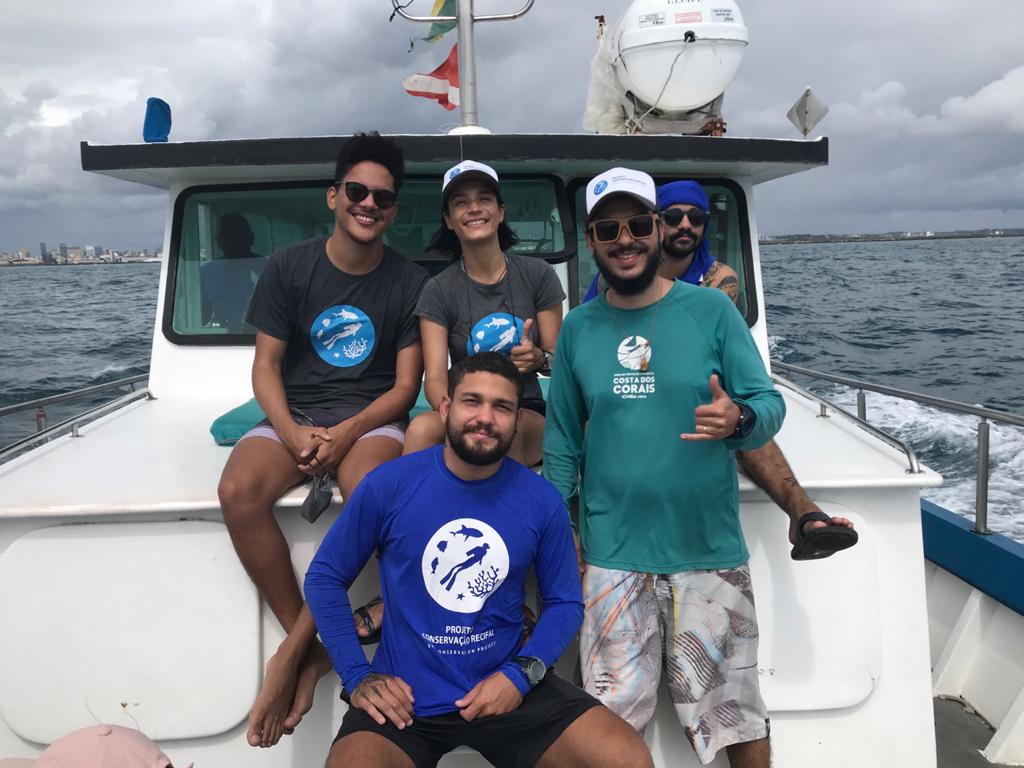
It was wonderful to be able to get here, but it was challenging, I learned a lot and I still learn every day. I reinforce my commitment to being a biologist by taking care of the sea — and especially Costa dos Corais.
Who’s protecting it now:
The MPA Costa dos Corais is protected and managed by the Chico Mendes Institute for Biodiversity Conservation through its integrated management center located in the municipality of Tamandaré, state of Pernambuco. The Institute has partnerships with governmental institutions and private and nongovernmental organization, working to promote public policies for conservation through monitoring of biodiversity, production of studies, demonstration projects, environmental education, protection of endangered species, improvement of environmental legislation, communication and engagement of society.
What this place needs:
The region has consistent legislation in its management plan to inspect and coordinate the sustainable exploitation of its areas. However, it still requires support from the private sector, volunteers, and in-depth scientific exploration. We need a greater understanding of the biotic and abiotic processes present at the site, so that inspection is carried out effectively and fully to fully mitigate the impacts arising from problematic use of its resources. We also need to strengthen community-based tourism and include local populations in tourist activities.
Lessons from the fight:
Costa dos Corais is open to new partnerships and this will certainly expand and generate new knowledge, both for the management and for the community residing here. We’re always seeking to strengthen citizen science, where the local population is directly involved in the conservation of biodiversity, bringing a sense of belonging to this very rich ecosystem. Environmental education of tourists, easy accessibility to data and local actors are essential for the sustainable use of these areas and quality management to be achieved. Integrating society, universities, local institutions and management bodies in environmental preservation is a key path that needs to be taken.
Learn more:
![]()
Previously in The Revelator:
How the Golden Lion Tamarin Is Helping to Heal Brazil’s Rainforest

